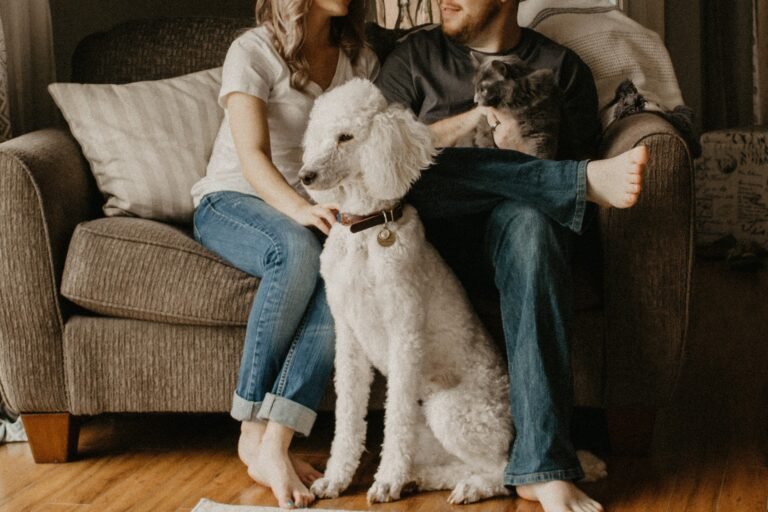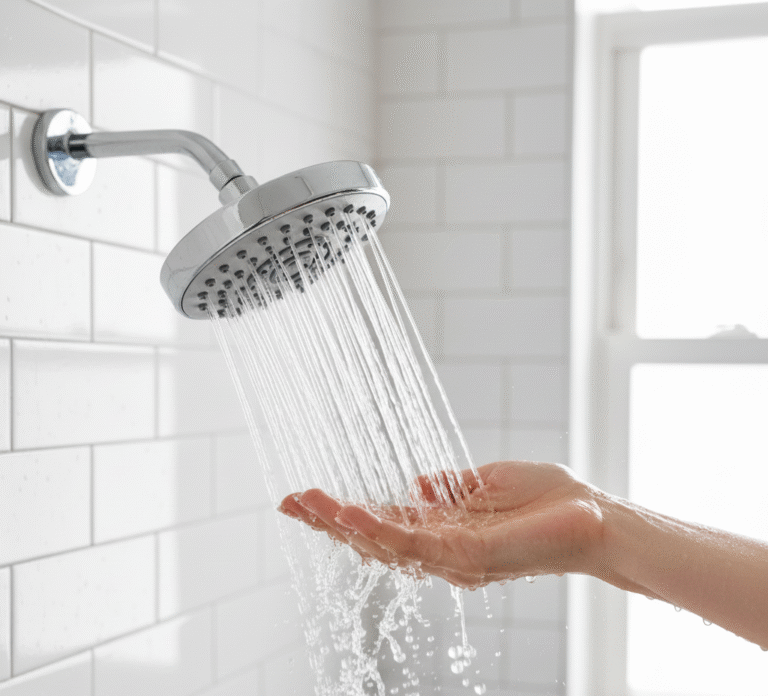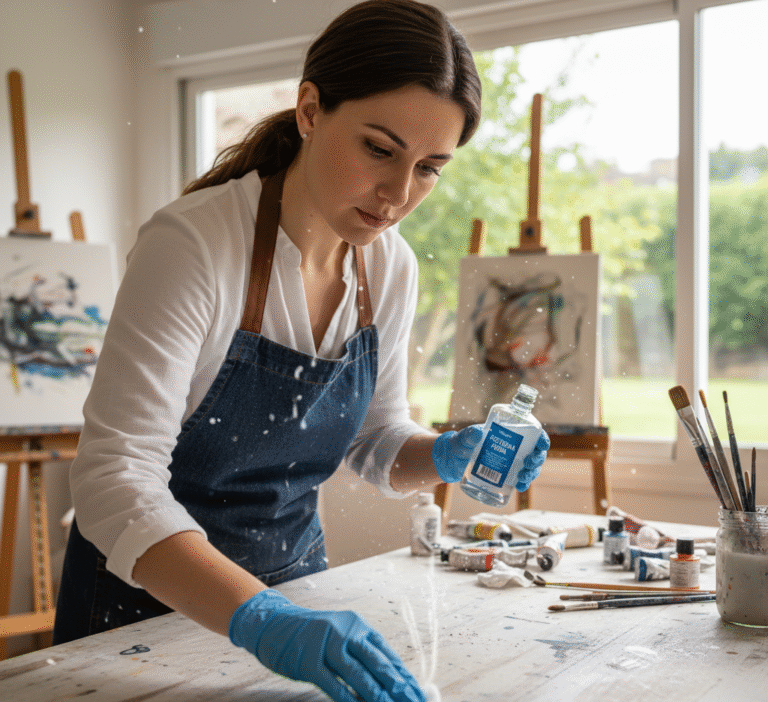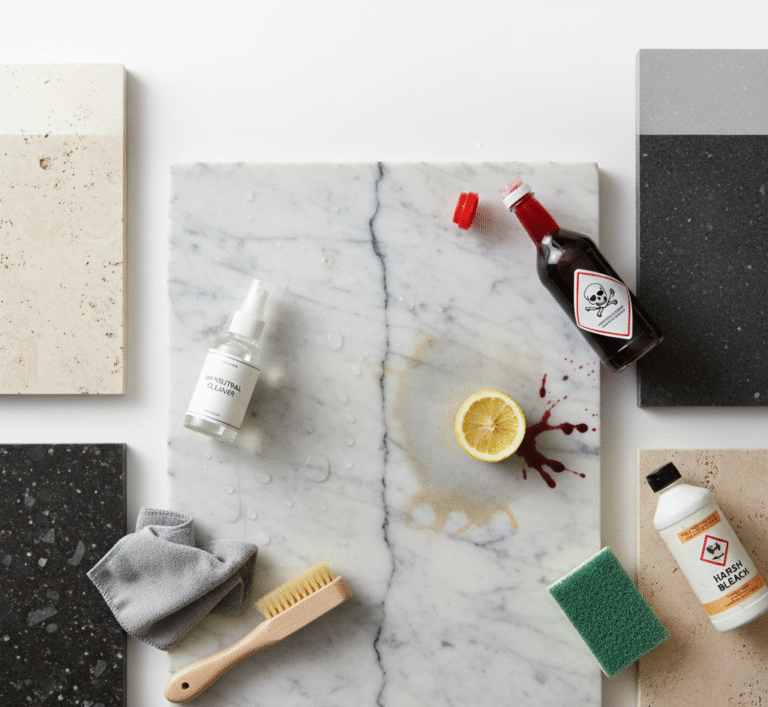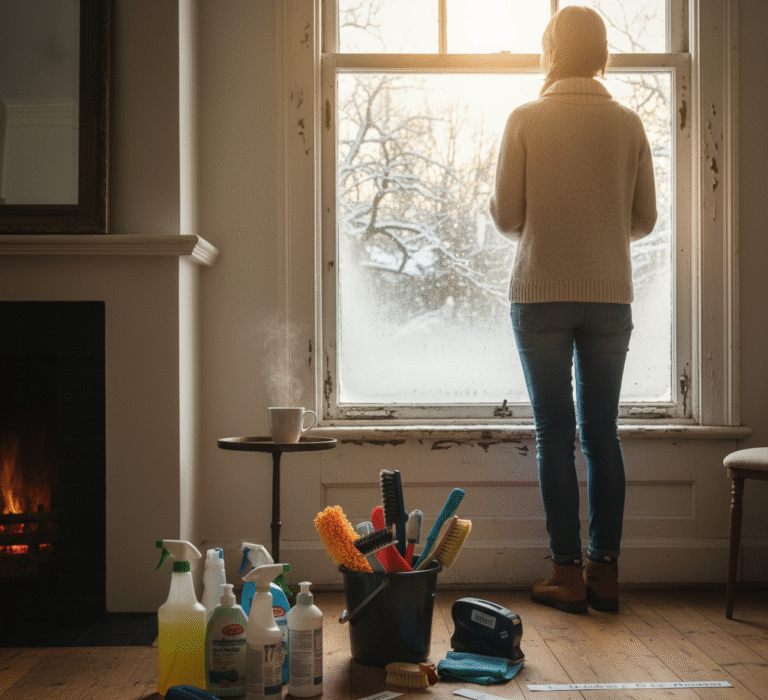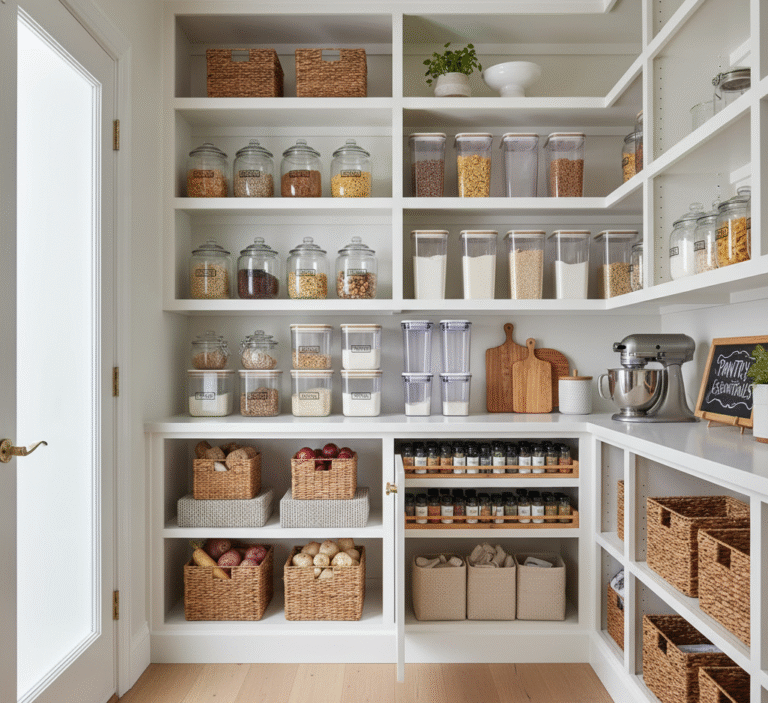Hey there, fellow pet lovers! If you’re like me, your furry friends are part of the family. But let’s face it: as much as we adore them, dealing with pet hair can be a bit of a hassle. Worry not, though! I’ve got some paw-some tips to help you tackle the fur fury and keep your home sparkling. 🐾✨
1. Regular Grooming: Cleaning Strategies
The frequency of grooming can depend a lot on what kind of pet you have. For example, if you have a long-haired cat or dog, they might need a good brush every other day. Breeds with shorter hair can get by with less frequent grooming, but don’t let that fool you – they can still shed quite a bit. The key is consistency. Making grooming a regular part of your pet care routine not only helps with shedding but also gives you a great opportunity to check for any skin issues or bumps that might need attention.
And hey, grooming time can be bonding time! Many pets love the attention and affection that come with a gentle brush. It’s a win-win: your pet gets some love and you get less hair to deal with around the house.
Investing in the right tools is also crucial. Different types of fur might require different types of brushes or combs. For instance, a de-shedding tool can be a lifesaver for those heavy-shedding breeds. These tools are designed to reach deep into the undercoat, capturing the loose hair before it has a chance to end up all over your home.
2. Vacuuming
The key here is to make vacuuming a regular part of your cleaning routine. Pet owners might find that they need to vacuum more frequently than those without pets. It’s all about staying ahead of the fur. You might need to vacuum a couple of times a week, or even daily if your pet is a heavy shedder or it’s shedding season. Consistency is crucial – it’s easier to manage the pet hair situation if you’re regularly sucking up those stray hairs before they have a chance to embed themselves in every fabric surface in your house.
Now, let’s talk about the vacuum itself. Not all vacuums are created equal, especially when it comes to dealing with pet hair. Investing in a vacuum that’s specifically designed to handle pet hair can be a game-changer. These vacuums usually come with special attachments and features that make them more effective at picking up hair. For example, they might have a brush roll that’s designed to not get tangled with hair, or more powerful suction to pick up hair from carpets and upholstery.
Some vacuums even come with HEPA filters, which are great for capturing pet dander and other allergens. This is particularly important for those with allergies or asthma. These filters ensure that the air in your home stays clean and healthy, not just the floors.
3. Specialized Pet Hair Removal Tools
First up, we’ve got rubber gloves and squeegees. Now, you might think these are just for cleaning your dishes or wiping down your windows, but they have a hidden talent: they’re fantastic for getting pet hair off fabric surfaces. The trick here is a little bit of water. Just dampen the rubber glove or squeegee and then gently run it over your upholstery, like your couch or armchair. You’ll be amazed at how the hair just clings to the rubber. It’s a simple yet surprisingly effective way to rid your fabrics of pet hair. Plus, it’s a great arm workout!
Another superhero in the pet hair battle is the lint roller. This is the tool you want to keep in every room, your car, and even your handbag. Lint rollers are perfect for a quick touch-up on your clothes or furniture. Got a last-minute meeting and found some pet hair on your blazer? Lint roller to the rescue. Noticed some fur on the sofa just as your guests are about to arrive? Lint roller saves the day. They’re quick, convenient, and don’t require any special skills to use – just roll and go.
What’s great about these tools is that they’re not only effective but also super accessible and easy to use. You don’t need any fancy equipment or special skills. Whether it’s a rubber glove from under your sink or a lint roller from the local store, these tools are readily available and incredibly handy.
4. Washable Covers
Having washable covers on your furniture means you’re always just a laundry cycle away from a clean, fresh-looking sofa or armchair. These covers are designed to be easily removable and durable enough to withstand frequent washing. That means no more panicking when your furry friend decides to nap on the couch or has a little mishap. Just remove the cover, toss it in the wash, and voila – your furniture is as good as new!
But it’s not just about functionality. Washable covers come in a variety of styles and colors, allowing you to change the look of your room without investing in new furniture. Want to refresh your living room for the spring? Swap out the covers. Looking for a cozy, winter vibe? Choose a different texture or color. It’s an affordable and stylish way to keep your home looking great, no matter what your pets throw at it (or on it).
Moreover, using washable covers can actually extend the life of your furniture. They protect your sofas and chairs from the wear and tear of everyday pet use, keeping the underlying material in better condition for longer. This means you won’t have to replace or reupholster your furniture as often, saving you money in the long run.
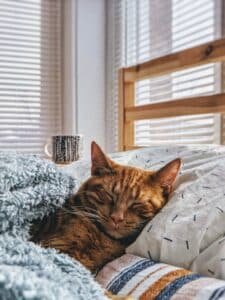
5. Deep-Cleaning
Deep-cleaning takes your regular cleaning routine to the next level, especially in a home with pets. It’s about reaching those spots that regular cleaning might miss and giving your home a thorough refresh. This is particularly important for pet owners because, let’s be honest, pets can get into every nook and cranny.
Sometimes, the best option is to call in the professionals. Professional cleaners, like those at Toronto Shine Cleaning, have the equipment and expertise to really get deep into those hard-to-reach places. They can tackle pet hair, dander, and those mysterious odors that sometimes come with pet ownership. They know all the tricks to get your home not just looking clean, but feeling deeply, refreshingly clean. Think about it as a spa day for your home!
But what about those times when you want to do a deep clean yourself? It’s totally doable, and it can be pretty satisfying, too. The key is to focus on those areas that might not get much attention during your regular cleaning routine. Under the furniture is a big one. Pets love cozy hideaways, and the space under your couch or bed can collect a surprising amount of hair and dust. Corners and baseboards are other spots where pet hair and dander can accumulate without you noticing.
When doing a DIY deep clean, it’s helpful to have the right tools. A vacuum with attachments can be a lifesaver for getting under furniture and into tight corners. A damp cloth or duster can work wonders on baseboards and window sills. And don’t forget about upholstery and carpets. If you don’t have a carpet cleaner, consider renting one for an even deeper clean.
6. Air Filters and Purifiers
Regularly replacing the air filters in your home is a must. These filters are often out of sight and out of mind, but they work hard to trap dust, dander, and other airborne particles – including pet hair and dander. When these filters are clogged or dirty, they can’t do their job effectively. This not only affects your air quality but can also strain your HVAC system, leading to higher energy bills and potential repairs. By keeping on top of filter replacement, you ensure that your home’s air stays clean and your system runs efficiently.
Adding an air purifier to your home can further enhance the air quality. Air purifiers work by pulling in air and passing it through filters to remove contaminants. This is especially beneficial in homes with pets, as purifiers can capture the fine particles of dander and hair that might escape regular vacuuming or cleaning. They can be particularly helpful in rooms where your pets spend most of their time or in areas where family members with allergies might be more affected.
When choosing an air purifier, consider the size of the space you want to purify and look for models specifically designed to handle pet dander and hair. Some purifiers also come with additional features like odor neutralizers – a bonus for any pet owner dealing with the occasional pet-related smell.
Incorporating air purifiers and regularly changing air filters in your home cleaning routine offers a double benefit. Not only do you keep the air clean, reducing the risk of allergies and respiratory issues, but you also create a more welcoming and comfortable environment for both you and your pets. In a sense, it’s about creating a breath of fresh air in your pet-friendly home – literally!
7. Preventive Measures
Creating pet-friendly zones in your home is a great start. This doesn’t mean restricting your pets’ freedom; rather, it’s about designating specific areas where they can relax and play, and others where they’re not allowed. For instance, you might decide that bedrooms or certain living areas are off-limits. This helps contain the pet hair to certain parts of the house, making it easier to manage. It also ensures that there are always some spaces in your home that are relatively fur-free, which can be particularly important for when you have guests who might have allergies.
Training your pets to respect these boundaries is another effective strategy. It might sound challenging, but with consistent training, most pets can learn where they are and aren’t allowed. Start by making their allowed spaces extra appealing with comfy beds, toys, and treats. Then, gently discourage them from entering the off-limit zones. Over time, your pets will typically respect these boundaries. This training not only helps in keeping certain areas of your home hair-free but also ensures your pets have a safe and comfortable space of their own.
It’s also worth considering the type of furnishings and decor you have in your pet-friendly zones. Opt for materials that are easy to clean and don’t trap pet hair. Leather or tightly woven fabrics are often good choices for furniture, as pet hair can be easily wiped off. In these pet-designated areas, consider placing washable rugs or mats that can easily be cleaned.













